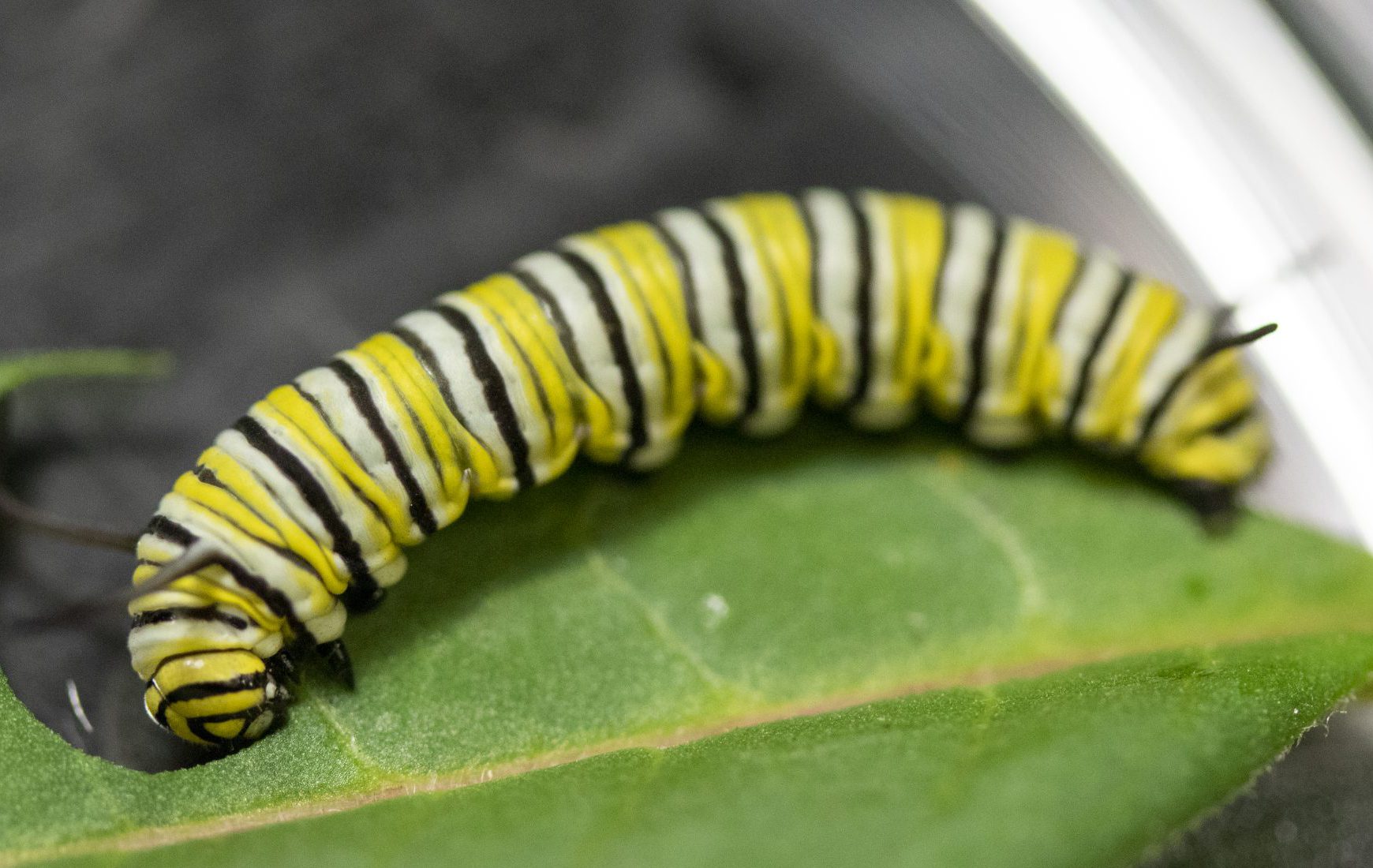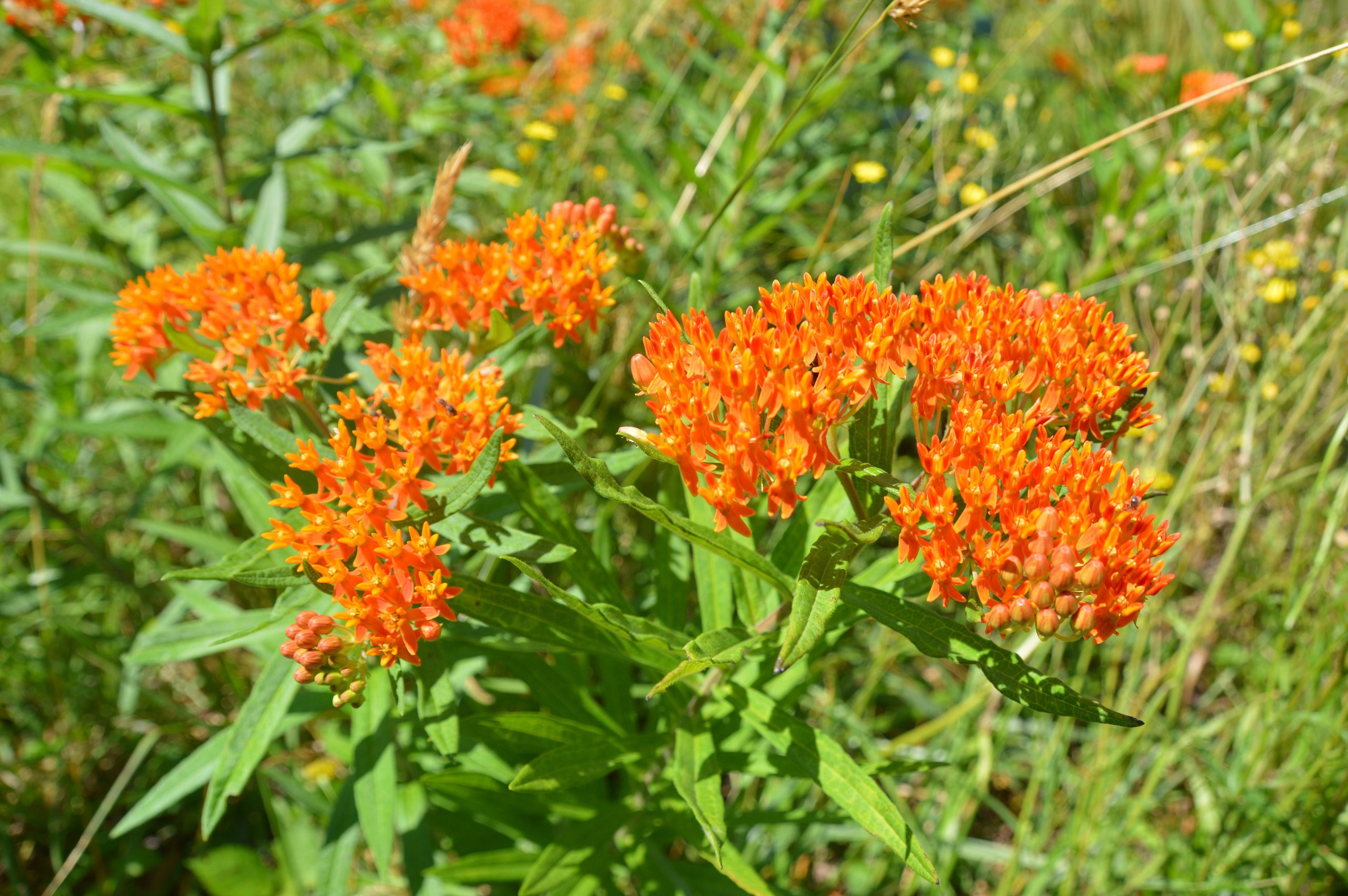Magnificent Monarchs in Peril!
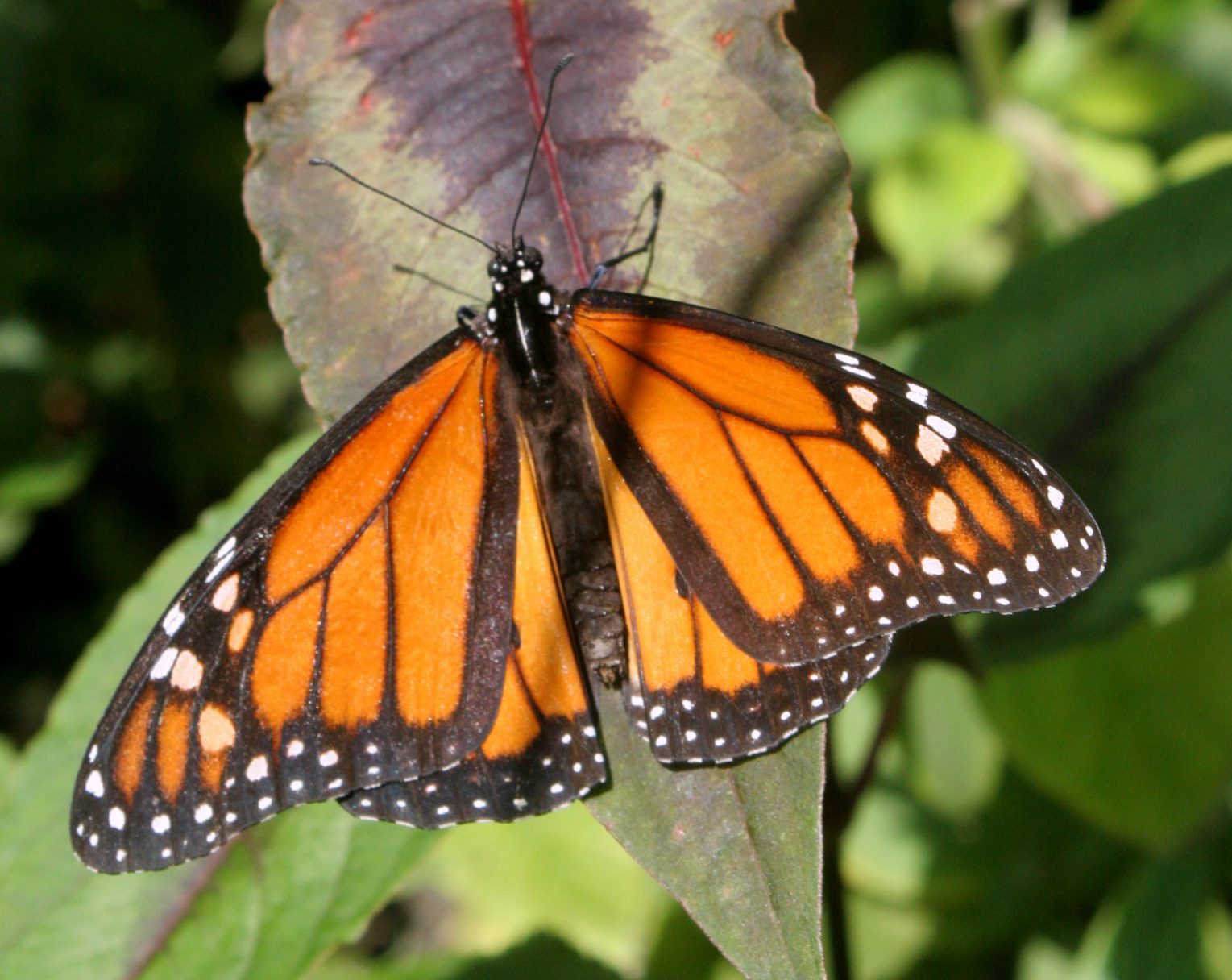
The International Union for the Conservation of Nature (IUCN), the global leading authority on the status of biological diversity, declared monarch butterflies endangered this week.
According to the IUCN, both the western and eastern monarch populations have declined significantly. Western monarchs are thought to have declined an astounding 99.9% percent in just four decades, from around 10 million in the 1980s to less than 2,000 in 2021. Eastern monarchs are faring “better” with a decline of 84% in the past three decades.
This past winter, a community-science count of western monarchs at their California nesting grounds, led by the Xerces Society for Invertebrate Conservation, saw an increase in population counts: 250,000 butterflies were recorded, up from 1,914 in 2021. Although, this still represents a significant decline from millions of western monarchs in the 1980s.
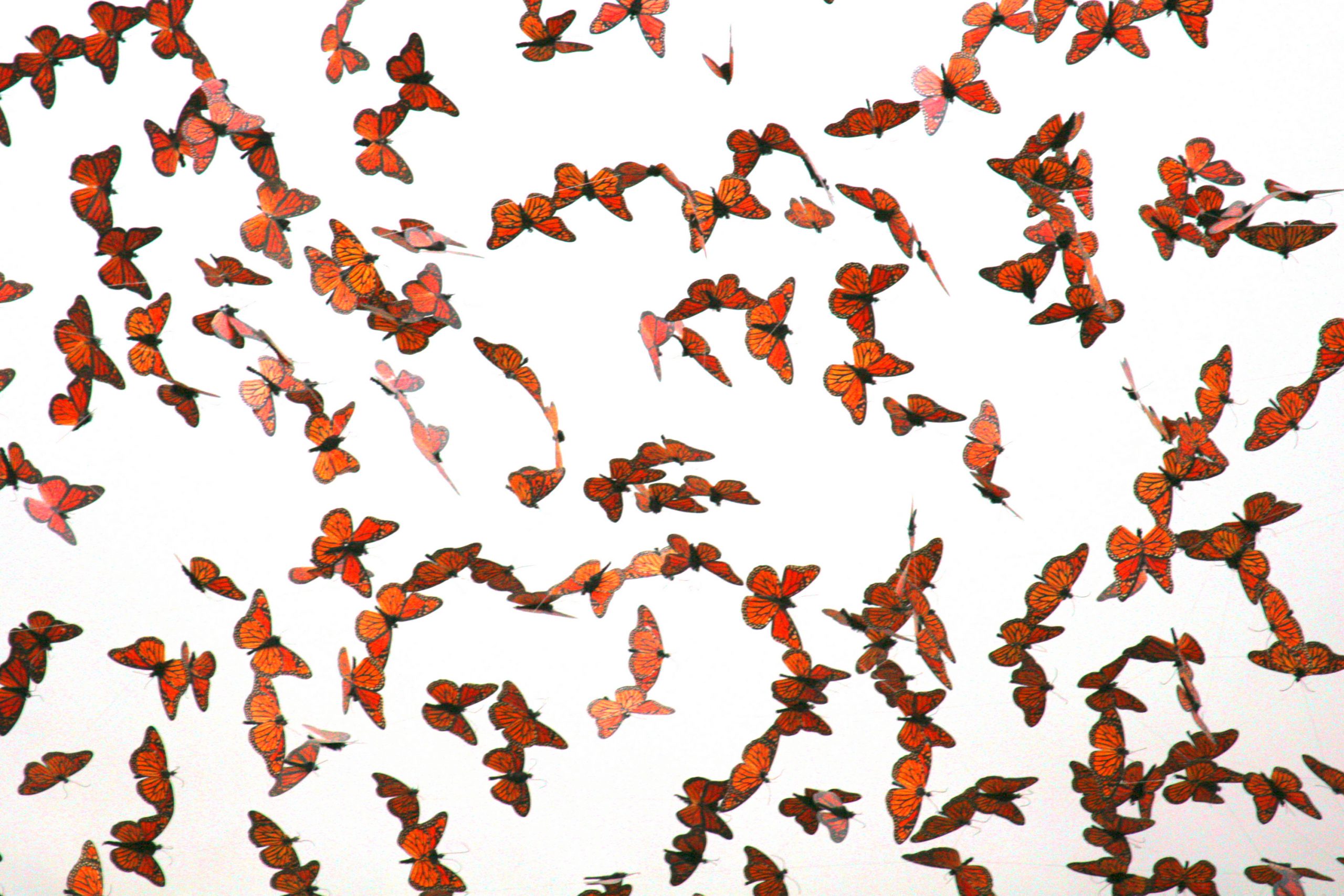
Mighty Migrators!
Monarchs are the only butterfly known to have a roundtrip migration, similar to birds. Flying 50-100 miles a day, these tiny Lepidoptera travel up to 3,000 miles to get to a warmer winter home, where they roost in large colonies in forests, up to a mile above sea level! Eastern populations migrate to the mountains of Mexico, and western populations overwinter in southern California. Scientists are still trying to understand how monarchs navigate, but believe they utilize the Earth’s magnetic field and the position of the sun.
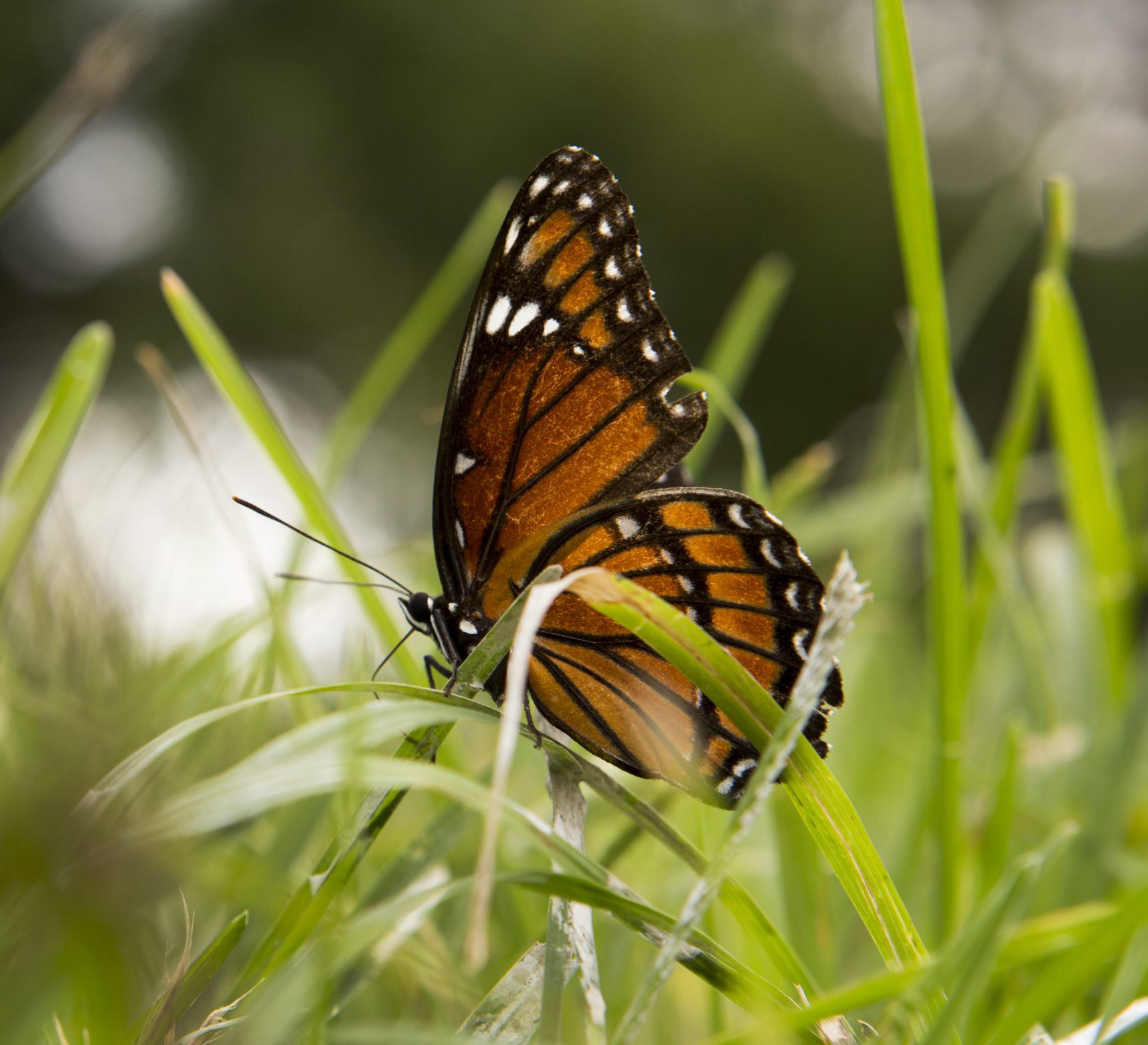
Biggest Threats to Monarchs (Danaus plexippus)
- Habitat Destruction: Monarchs need large trees in their wintering locations in which to roost together. They also need their host plant, milkweed (Asclepius spp.) where they reside and along their migratory pathways.
- Pesticide Use: Use of pesticides on crops and in our landscapes has been linked to monarch mortality.
- Non-native species of Milkweed: Tropical milkweed (Asclepius curassavica) grown outside of its native range may be impacting the breeding cycle of monarchs which may increase the risk of infection with and transmission of a deadly parasite Ophryocystis elektroscirrha.
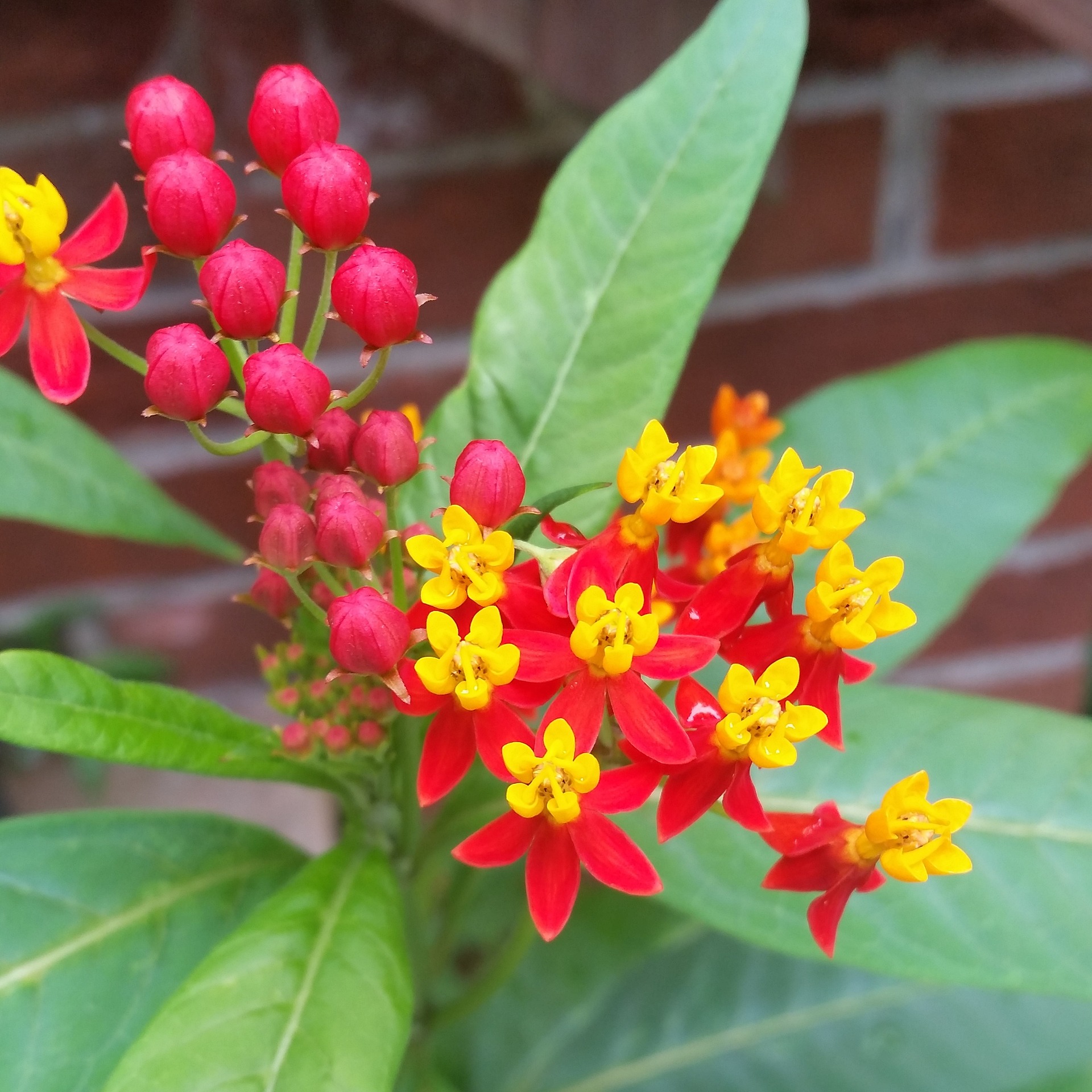
Non-native tropical milkweed (Asclepius curassavica). Photo credit: Kimberly Frantz, Pixabay. - Climate Change: Hurricanes, drought, and other forms of severe weather affect the monarchs ability to successfully complete their migration. Extreme temperatures can also be a cause of death.
- Parasite Infestation: Ophryocystis elektroscirrha is a protozoan parasite that can damage wing development during the pupal stage, leading to weakness and death. Learn more about this at MonarchJointVenture.org.
What You Can Do to Help
- Plant native milkweed species: Not only will adult monarchs nectar at milkweeds (and other plants), lay their eggs on the leaves, but the monarch caterpillars (larva) must eat milkweed leaves in order to grow and pupate. The pupa, or chrysalis, can also be found on the plant, and in many locations! Learn more about milkweeds and which to plant in your Florida garden Here. Choose native milkweed species (see photo below) over those that may be more commercially available.
- Decrease pesticide use: Use integrative pest management techniques that rely on pesticide use as a last resort. Always follow the label and minimize use, so that our pollinators and other beneficial insects can thrive!
- Support smart growth and development to minimize habitat loss: Growth and development will continue, but making smart choices that allow for green corridors and stopover for our birds, butterflies, and wildlife will improve their chances of survival!
- Support conservation that protects wildlife habitat and corridors
Asclepius tuberosa (Butterfly weed). A Florida native milkweed. Fritzflohrreynolds, CC BY-SA 3.0 <https://creativecommons.org/licenses/by-sa/3.0>, via Wikimedia Commons
To Learn More About Monarchs:
About monarchs from UF/IFAS, visit https://edis.ifas.ufl.edu/publication/IN780
About milkweed species native to Florida, visit https://gardeningsolutions.ifas.ufl.edu/plants/ornamentals/milkweed.html
For more about Monarch conservation, visit The Xerces Society for Invertebrate Conservation.
Visit MonarchJointVenture.org to learn more about monarch migration, life cycle, habitat, and more!
Want to Learn More About Florida Wildlife?
Visit our Florida Wildlife webpage and learn about over 70 species of wildlife or Watch our Wild Sarasota webinar series!
Read all our Wild Sarasota blogs HERE
 1
1
